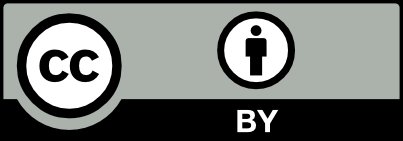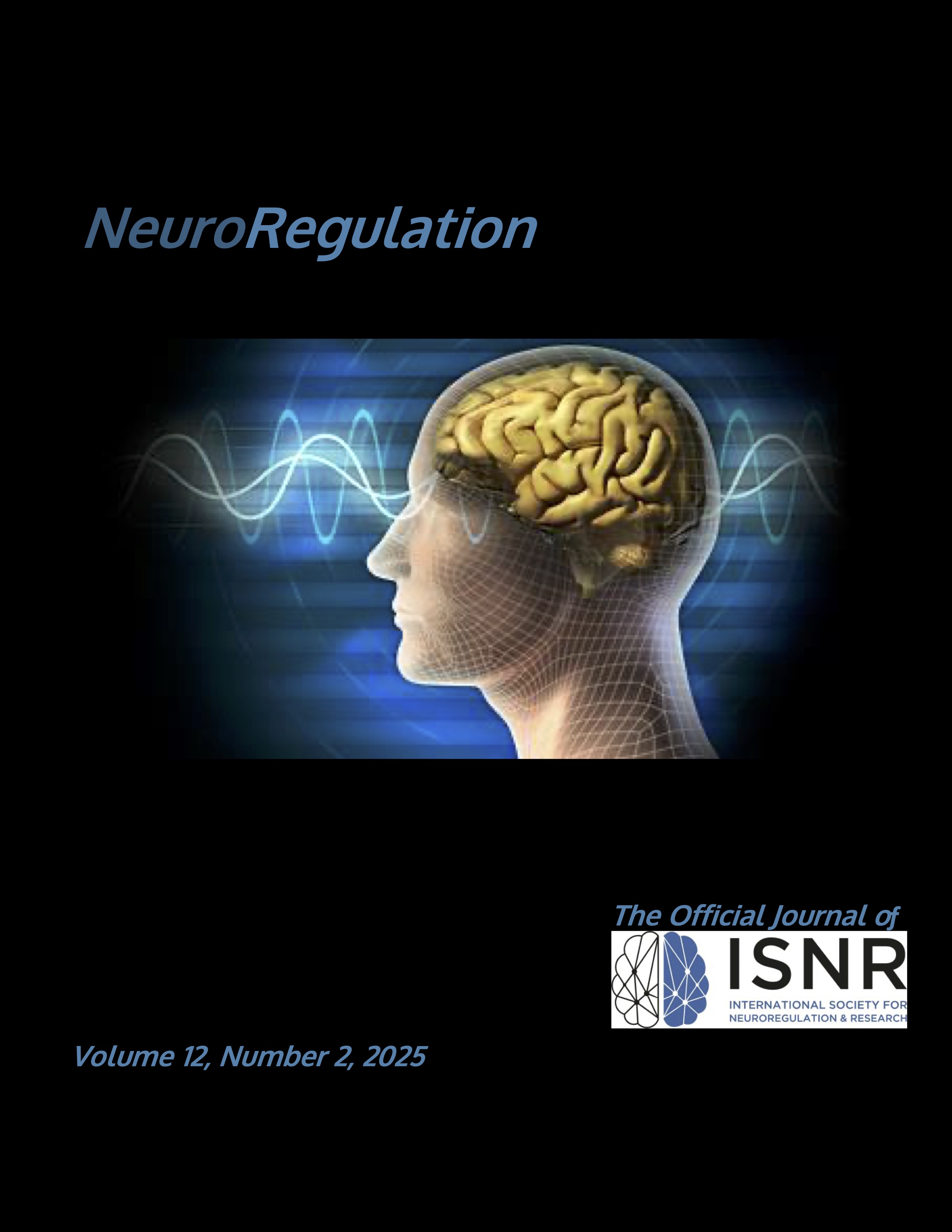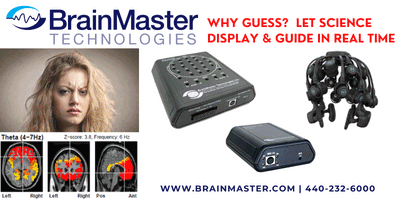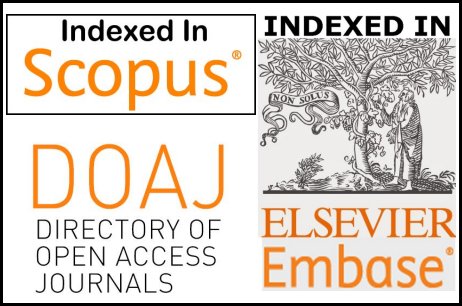Quantifying Self-Regulation: Neuroevolutionary Insights From Precuneus Alpha Modulation via LORETA Neurofeedback
DOI:
https://doi.org/10.15540/nr.12.2.154Keywords:
self-regulation, LORETA neurofeedback, emotional equilibrium, Homeostasis, behavioral equilibrium, precuneus, alpha oscillations, neuroplasticity, volumetric studies, neuroevolutionary dynamicsAbstract
Self-regulation (SR) is a vital neurobehavioral capacity orchestrating behavior, physiological equilibrium, and emotional resilience through corticothalamic networks spanning the cortex and thalamus. This study formalizes SR as SR = behavioral equilibrium (BE) / (homeostasis [H] + emotional equilibrium [EE]), where BE captures adaptive responses, H denotes physiological stability, and EE reflects affective harmony, positioning neurofeedback (NFB) as a leading intervention. NFB, encompassing LORETA neurofeedback (LNFB) targeting precuneus alpha and real-time fMRI neurofeedback (rt-fMRI-NFB) modulating blood-oxygen-level-dependent (BOLD) signals, enhances corticothalamic modulation across educational, correctional, clinical, pediatric, and ADHD contexts. Evidence from diverse cohorts validates NFB’s efficacy, with LNFB improving BE (CPT-3,
p < .008) and rt-fMRI-NFB stabilizing EE (BOLD, p < .01), supported by long-term gains in children (Strehl et al., 2017) and adults (Rance et al., 2018). The back-to-front brain focus, rooted in precuneus primacy (~2 Mya), contrasts with historical frontal emphasis post-Phineas Gage. As noted in experimental findings, surface NFB training boosts neural connectivity. Pre- and postprotocols are rare due to subjective reliance, resistance to objective tracking, and resource limits (Hofmann & Smits, 2008). NFB’s standardized protocols (EEG
ICC = .87–.92, BOLD consistency) inspire volumetric MRI studies, advancing SR science across the lifespan.
References
Arnone, D., McKie, S., Elliott, R., Thomas, E. J., Downey, D., Juhasz, G., Williams, S. R., Deakin, J. F., & Anderson, I. M. (2012). Increased amygdala responses to sad but not fearful faces in major depression: Relation to mood state and pharmacological treatment. The American Journal of Psychiatry, 169(8), 841–850. https://doi.org/10.1176/appi.ajp.2012.11121774
Bandura, A. (1977). Social learning theory. Prentice Hall.
Bruner, E. (2004). Geometric morphometrics and paleoneurology: Brain shape evolution in the genus Homo. Journal of Human Evolution, 47(5), 279–303. https://doi.org/10.1016/j.jhevol.2004.03.009
Cannon, R. (2014). Parietal foci for attention deficit/hyperactivity disorder: Targets for LORETA neurofeedback with outcomes. Biofeedback, 42(2), 47–57. https://doi.org/10.5298/1081-5937-42.2.01
Cannon, W. B. (1932). The wisdom of the body. W. W. Norton & Company.
Cannon, R. L., Baldwin, D. R., Diloreto, D. J., Phillips, S. T., Shaw, T. L., & Levy, J. J. (2014). LORETA neurofeedback in the precuneus: Operant conditioning in basic mechanisms of self-regulation. Clinical EEG and Neuroscience, 45(4), 238–248. https://doi.org/10.1177/1550059413512796
Cannon, R. L., Baldwin, D. R., Shaw, T. L., Diloreto, D. J., Phillips, S. M., Scruggs, A. M., & Riehl, T. C. (2012). Reliability of quantitative EEG (qEEG) measures and LORETA current source density at 30 days. Neuroscience Letters, 518(1), 27–31. https://doi.org/10.1016/j.neulet.2012.04.035
Cannon, R., & Lubar, J. (2011). Long-term effects of neurofeedback training in anterior cingulate cortex: A short follow-up report. Journal of Neurotherapy, 15(2), 130–150. https://doi.org/10.1080/10874208.2011.570694
Cannon, R., Mills, C., Geroux, M. J., Zhart, L. A., Boluyt, K., Webber, R., & Cook, D. (2025). LORETA neurofeedback at precuneus: A standard approach for use in incarcerated populations with substance use problems. NeuroRegulation. [Unpublished manuscript].
Cannon, R. L., Strunk, W., Carroll, S., & Carroll, S. (2018). LORETA neurofeedback at precuneus in 3-year-old female with intrauterine drug exposure. NeuroRegulation, 5(2), 75–82. https://doi.org/10.15540/nr.5.2.75
Cannon, R., Tedder, J., & Millsaps, K. (2023). LORETA neurofeedback in the educational setting: A standard protocol to improve learning and self-regulation as a method for student success in post-COVID recovery. In Proceedings of the 2023 ISNR Annual Conference: Keynote and Plenary Presentations, 10(4), 260–270. https://doi.org/10.15540/nr.10.4.260
Cavanna, A. E., & Trimble, M. R. (2006). The precuneus: A review of its functional anatomy and behavioural correlates. Brain, 129(3), 564–583. https://doi.org/10.1093/brain/awl004
deBettencourt, M. T., Cohen, J. D., Lee, R. F., Norman, K. A., & Turk-Browne, N. B. (2015). Closed-loop training of attention with real-time brain imaging. Journal of Neuroscience, 18(3), 470–475. https://doi.org/10.1038/nn.3940
Dunbar, R. I. M. (1998). The social brain hypothesis. Evolutionary Anthropology: Issues, News, and Reviews, 6(5), 178–190. https://doi.org/10.1002/(SICI)1520-6505(1998)6:5<178::AID-EVAN5>3.0.CO;2-8
Fournier, J. C., DeRubeis, R. J., Hollon, S. D., Dimidjian, S., Amsterdam, J. D., Shelton, R. C., & Fawcett, J. (2010). Antidepressant drug effects and depression severity: A patient-level meta-analysis. Journal of the American Medical Association, 303(1), 47–53. https://doi.org/10.1001/jama.2009.1943
Fox, K. C. R., Zakarauskas, P., Dixon, M., Ellamil, M., Thompson, E., & Christoff, K. (2012). Meditation experience predicts introspective accuracy. PLoS ONE, 7(9), Article e45370. https://doi.org/10.1371/journal.pone.0045370
Ghaziri, J., Tucholka, A., Larue, V., Blanchette-Sylvestre, M., Reyburn, G., Gilbert, G., Lévesque, J., & Beauregard, M. (2013). Neurofeedback training induces changes in white and gray matter. Clinical EEG and Neuroscience, 44(4), 265–272. https://doi.org/10.1177/1550059413476031
Hofmann, S. G., & Smits, J. A. J. (2008). Cognitive-behavioral therapy for adult anxiety disorders: A meta-analysis of randomized placebo-controlled trials. Journal of Clinical Psychiatry, 69(4), 621–632. https://doi.org/10.4088/JCP.v69n0415
Hölzel, B. K., Carmody, J., Vangel, M., Congleton, C., Yerramsetti, S. M., Gard, T., & Lazar, S. W. (2011). Mindfulness practice leads to increases in regional brain gray matter density. Psychiatry Research: Neuroimaging, 191(1), 36–43. https://doi.org/10.1016/j.pscychresns.2010.08.006
Johnston, S. J., Boehm, S. G., Healy, D., Goebel, R., & Linden, D. E. J. (2010). Neurofeedback: A promising tool for the self-regulation of emotion networks. NeuroImage, 49(1), 1068–1072. https://doi.org/10.1016/j.neuroimage.2009.07.056
Lam, S.-L., Criaud, M., Lukito, S., Westwood, S. J., Agbedjro, D., Kowalczyk, O. S., Curran, S., Barret, N., Abbott, C., Liang, H., Simonoff, E., Barker, G. J., Giampietro, V., & Rubia, K. (2022). Double-blind, sham-controlled randomized trial testing the efficacy of fMRI neurofeedback on clinical and cognitive measures in children with ADHD. American Journal of Psychiatry, 179(12), 947–958. https://doi.org/10.1176/appi.ajp.21100999
Li, L., Wang, Y., Zeng, Y., Hou, S., Huang, G., Zhang, L., Yan, N., Ren, L., & Zhang, Z. (2021). Multimodal neuroimaging predictors of learning performance of sensorimotor rhythm up-regulation neurofeedback. Frontiers in Neuroscience, 15, Article 699999. https://doi.org/10.3389/fnins.2021.699999
Marins, T., Rodrigues, E. C., Bortolini, T., Melo, B., Moll, J., & Tovar-Moll, F. (2019). Structural and functional connectivity changes in response to short-term neurofeedback training with motor imagery. NeuroImage, 194, 283–290. https://doi.org/10.1016/j.neuroimage.2019.03.027
Menon, V., & Uddin, L. Q. (2010). Saliency, switching, attention and control: A network model of insula function. Brain Structure and Function, 214(5–6), 655–667. https://doi.org/10.1007/s00429-010-0262-0
Nunez, P. L., & Srinivasan, R. (2006). Electric fields of the brain: The neurophysics of EEG (2nd ed.). Oxford University Press.
Peniston, E. G., & Kulkosky, P. J. (1989). Alpha-theta brainwave training and beta-endorphin levels in alcoholics. Alcoholism: Clinical and Experimental Research, 13(2), 271–279. https://doi.org/10.1111/j.1530-0277.1989.tb00325.x
Porges, S. W. (1995). Orienting in a defensive world: Mammalian modifications of our evolutionary heritage. A polyvagal theory. Psychophysiology, 32(4), 301–318. https://doi.org/10.1111/j.1469-8986.1995.tb01213.x
Rance, M., Walsh, C., Sukhodolsky, D. G., Pittman, B., Qiu, M., Kichuk, S. A., Wasylink, S., Koller, W. N., Bloch, M., Gruner, P., Scheinost, D., Pittenger, C., & Hampson, M. (2018). Time course of clinical change following neurofeedback. NeuroImage, 181, 807–813. https://doi.org/10.1016/j.neuroimage.2018.05.001
Saj, A., Pierce, J. E., Ronchi, R., Ros, T., Thomasson, M., Bernati, T., Van De Ville, D., Serino, A., & Vuilleumier, P. (2021). Real-time fMRI and EEG neurofeedback: A perspective on applications for the rehabilitation of spatial neglect. Annals of Physical and Rehabilitation Medicine, 64(5), Article 101561. https://doi.org/10.1016/j.rehab.2021.101561
Sitaram, R., Ros, T., Stoeckel, L., Haller, S., Scharnowski, F., Lewis-Peacock, J., Weiskopf, N., Blefari, M. L., Rana, M., Oblak, E., Birbaumer, N., & Sulzer, J. (2017). Closed-loop brain training: The science of neurofeedback. Nature Reviews Neuroscience, 18(2), 86–100. https://doi.org/10.1038/nrn.2016.164
Stahl, S. M. (2000). Essential psychopharmacology: Neuroscientific basis and practical applications (2nd ed.). Cambridge University Press.
Sterman, M. B., & Friar, L. (1972). Suppression of seizures in an epileptic following sensorimotor EEG biofeedback training. Electroencephalography and Clinical Neurophysiology, 33(1), 89–95. https://doi.org/10.1016/0013-4694(72)90028-4
Strehl, U., Aggensteiner, P., Wachtlin, D., Brandeis, D., Albrecht, B., Arns, M., Arana, M., Bach, C., Banaschewski, T., Bogen, T., Flaig-Röhr, A., Freitag, C. M., Fuchsenberger, Y., Gest, S., Gevensleben, H., Herde, L., Hohmann, S., Legenbauer, T., Marx, A.-M., … Holtmann, M. (2017). Neurofeedback of slow cortical potentials in children with attention-deficit/hyperactivity disorder: A multicenter randomized trial controlling for unspecific effects. Frontiers in Human Neuroscience, 11, Article 135. https://doi.org/10.3389/fnhum.2017.00135
Suh, J. S., Minuzzi, L., Raamana, P. R., Davis, A., Hall, G. B., Harris, J., Hassel, S., Zamyadi, M., Arnott, S. R., Alders, G. L., Sassi, R. B., Milev, R., Lam, R. W., MacQueen, G. M., Strother, S. C., Kennedy, S. H., & Frey, B. N. (2020). An investigation of cortical thickness and antidepressant response in major depressive disorder: A CAN-BIND study report. NeuroImage: Clinical, 25, Article 102178. https://doi.org/10.1016/j.nicl.2020.102178
Thibault, R. T., MacPherson, A., Lifshitz, M., Roth, R. R., & Raz, A. (2016). Neurofeedback with fMRI: A critical systematic review. NeuroImage, 172, 786–807. https://doi.org/10.1016/j.neuroimage.2017.12.071
Van Doren, J., Arns, M., Heinrich, H., Vollebregt, M. A., Strehl, U., & Loo, S. K. (2019). Sustained effects of neurofeedback in ADHD: A systematic review and meta-analysis. European Child & Adolescent Psychiatry, 28(3), 293–305. https://doi.org/10.1007/s00787-018-1121-4
Yuan, S., Wu, H., Wu, Y., Xu, H., Yu, J., Zhong, Y., Zhang, N., Li, J., Xu, Q., & Wang, C. (2022). Neural effects of cognitive behavioral therapy in psychiatric disorders: A systematic review and activation likelihood estimation meta-analysis. Frontiers in Psychology, 13, Article 853804. https://doi.org/10.3389/fpsyg.2022.853804
Young, K. D., Zotev, V., Phillips, R., Misaki, M., Yuan, H., Drevets, W. C., & Bodurka, J. (2014). Real-time fMRI neurofeedback training of the amygdala activity in patients with major depressive disorder. PLoS ONE, 9(2), Article e88785. https://doi.org/10.1371/journal.pone.0088785
Zilles, K., Armstrong, E., Schleicher, A., & Kretschmann, H.-J. (1988). The human pattern of gyrification in the cerebral cortex. Anatomy and Embryology, 179(2), 173–179. https://doi.org/10.1007/BF00304699
Zotev, V., Phillips, R., Yuan, H., Misaki, M., & Bodurka, J. (2014). Self-regulation of human brain activity using simultaneous real-time fMRI and EEG neurofeedback. NeuroImage, 85(Pt 3), 985–995. https://doi.org/10.1016/j.neuroimage.2013.04.126
Downloads
Published
Issue
Section
License
Copyright (c) 2025 Rex L Cannon

This work is licensed under a Creative Commons Attribution 4.0 International License.
Authors who publish with this journal agree to the following terms:- Authors retain copyright and grant the journal right of first publication with the work simultaneously licensed under a Creative Commons Attribution License (CC-BY) that allows others to share the work with an acknowledgement of the work's authorship and initial publication in this journal.
- Authors are able to enter into separate, additional contractual arrangements for the non-exclusive distribution of the journal's published version of the work (e.g., post it to an institutional repository or publish it in a book), with an acknowledgement of its initial publication in this journal.
- Authors are permitted and encouraged to post their work online (e.g., in institutional repositories or on their website) prior to and during the submission process, as it can lead to productive exchanges, as well as earlier and greater citation of published work (See The Effect of Open Access).











